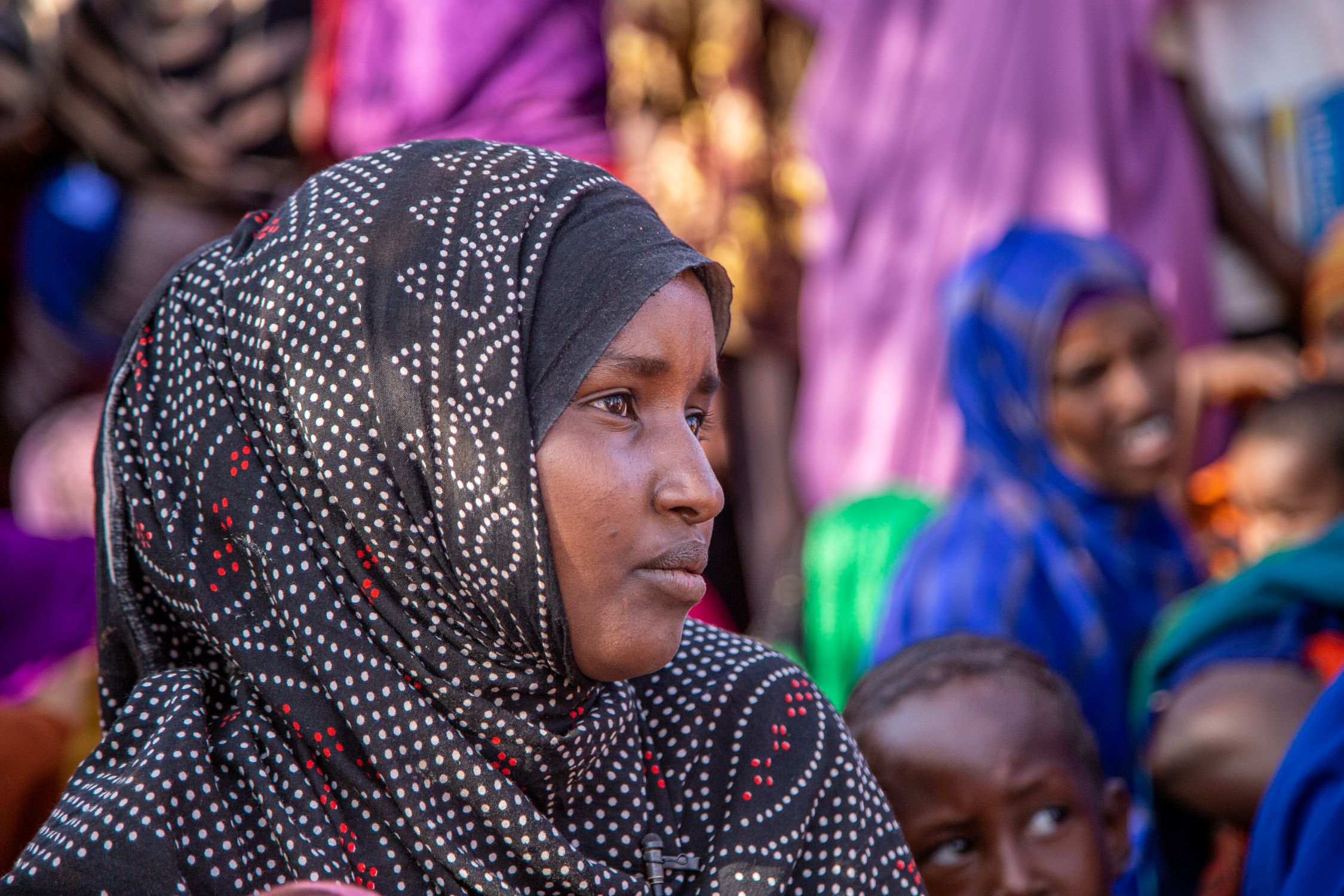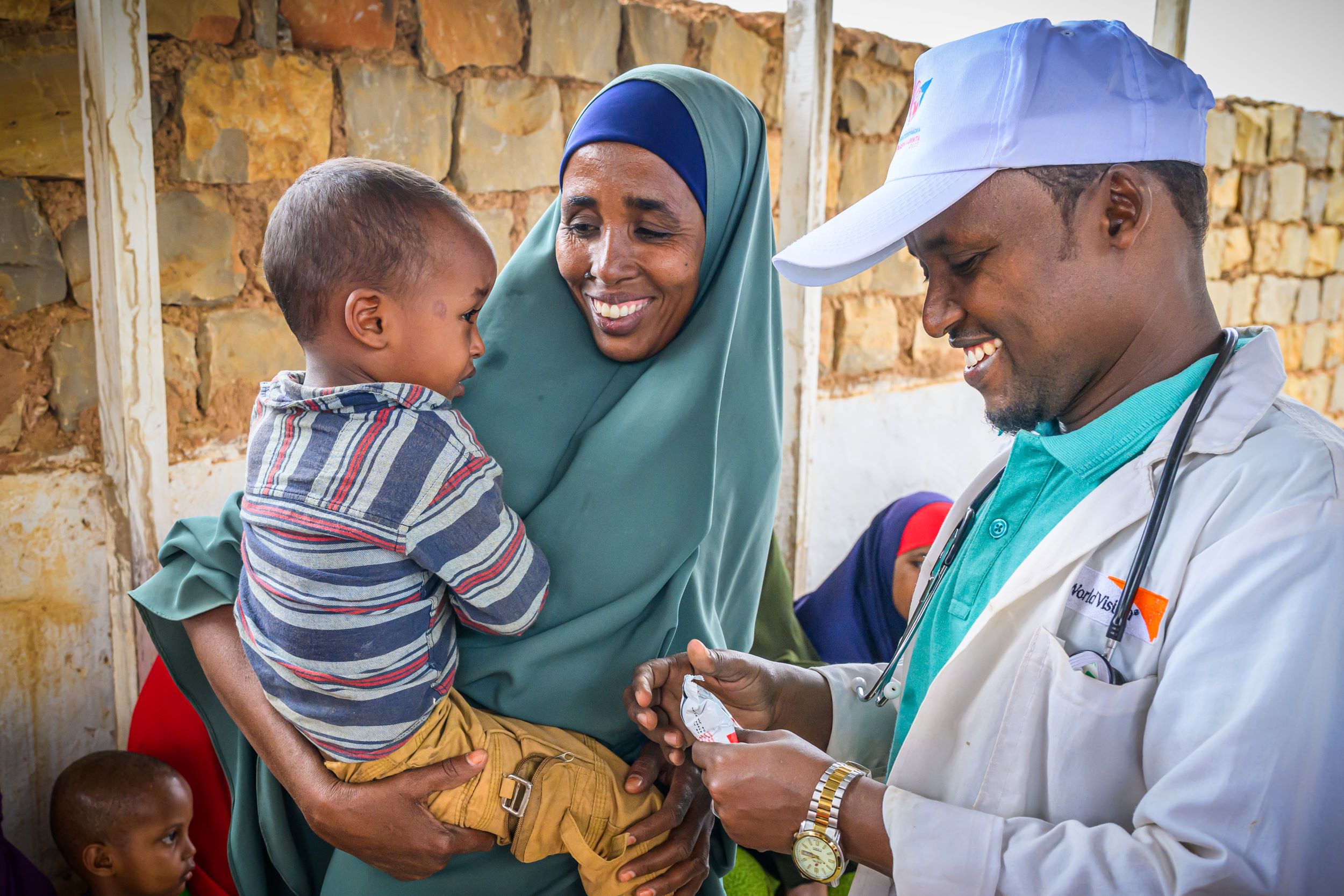
Fighting malnutrition in Somalia
Supporting mothers as they battle child hunger and ill health.
"I was afraid he might die,” says Ambiya. “Thank God he's okay. I want him to become someone who can protect his country."
Ambiya has her hands full, not only with six children of her own, but with nine others she takes care of – all whose mothers have died. When her youngest child got sick, this caused great concern.
She and her family have been on the move for more than a decade – in Ethiopia for 13 years and now back in their homeland, Somalia. Today they are living in a camp for internally displaced people (IDPs) where World Vision provides critical services in health, nutrition, food security and more.
Why are people displaced in Somalia?
For over 30 years, Somalia has experienced political instability and conflict. The conflict has displaced people and, with little in the way of state and community provision as well as increasingly erratic weather patterns, even more people are being forced from their homes. Climate change is prolonging droughts and worsening flooding – and people are losing their livelihoods. As a result, increasing numbers are moving, hoping to build a better future for their families.
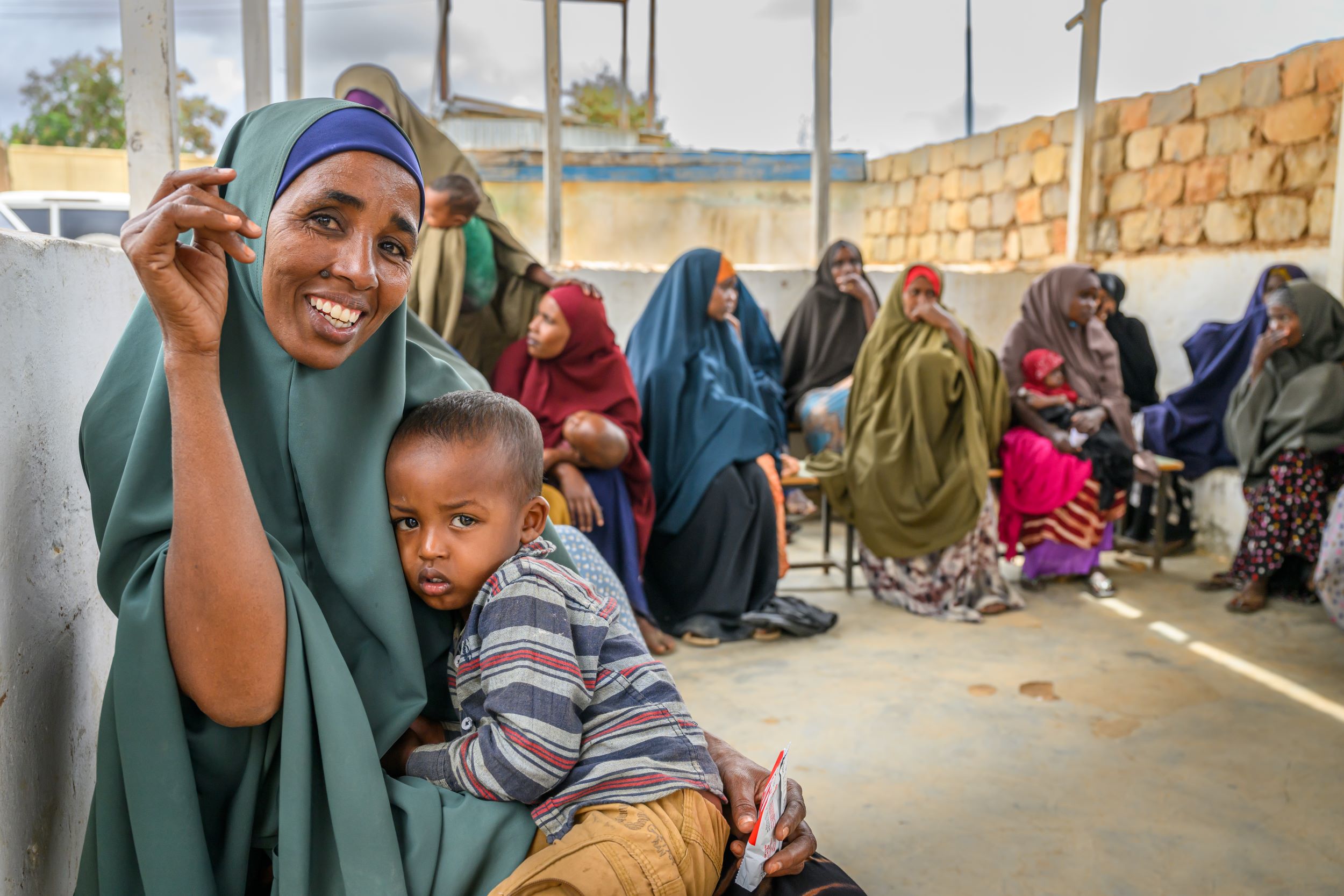
Caring for malnourished children
Ambiya’s youngest son, Abdirahman, was born at World Vision’s health centre in their camp. He’s now 18 months old but has had some health problems, including diarrhoea, vomiting and bronchitis.
A MUAC (Mid-upper arm circumference) test revealed that Abdirahaman was in the red zone – indicating severe acute malnutrition. But with therapeutic food he is improving.
"I thank God he has improved drastically," says Ambiya. "He could not walk properly. He was thin. He'd try to get up and sit back down. Once he improved, his demeanour changed. He doesn't cry anymore."
Also at the camp is Fatuma with her four children. Her youngest son, Muad, is sick.
"My relatives told me about this centre," says Fatuma. "My child is sick, and we are looking for food. He needs treatment and nutrition. My biggest fear is that he might die because of malnutrition."
Muad is 18 months old but is the ideal weight of a much younger boy.
Although her son is frail, Fatuma has big dreams for him.
"I want him to become educated," she says. "I want him to be a medical doctor."
“I feel so bad,” she adds. “My baby never walked.”
Supporting children to recover from malnutrition
Not surprisingly, the MUAC test puts Muad in the red zone too.
Muad is given Ready-to-Use Therapeutic Food (RUTF), which will help him become a healthy weight. He also receives treatment for infections.
This course of action has proven particularly successful.
Lucy Murunga, Communications Manager for World Vision in Somalia says, "When children are put in this programme and they follow the treatment, they are likely to get better, and we've seen children actually recover from this programme."
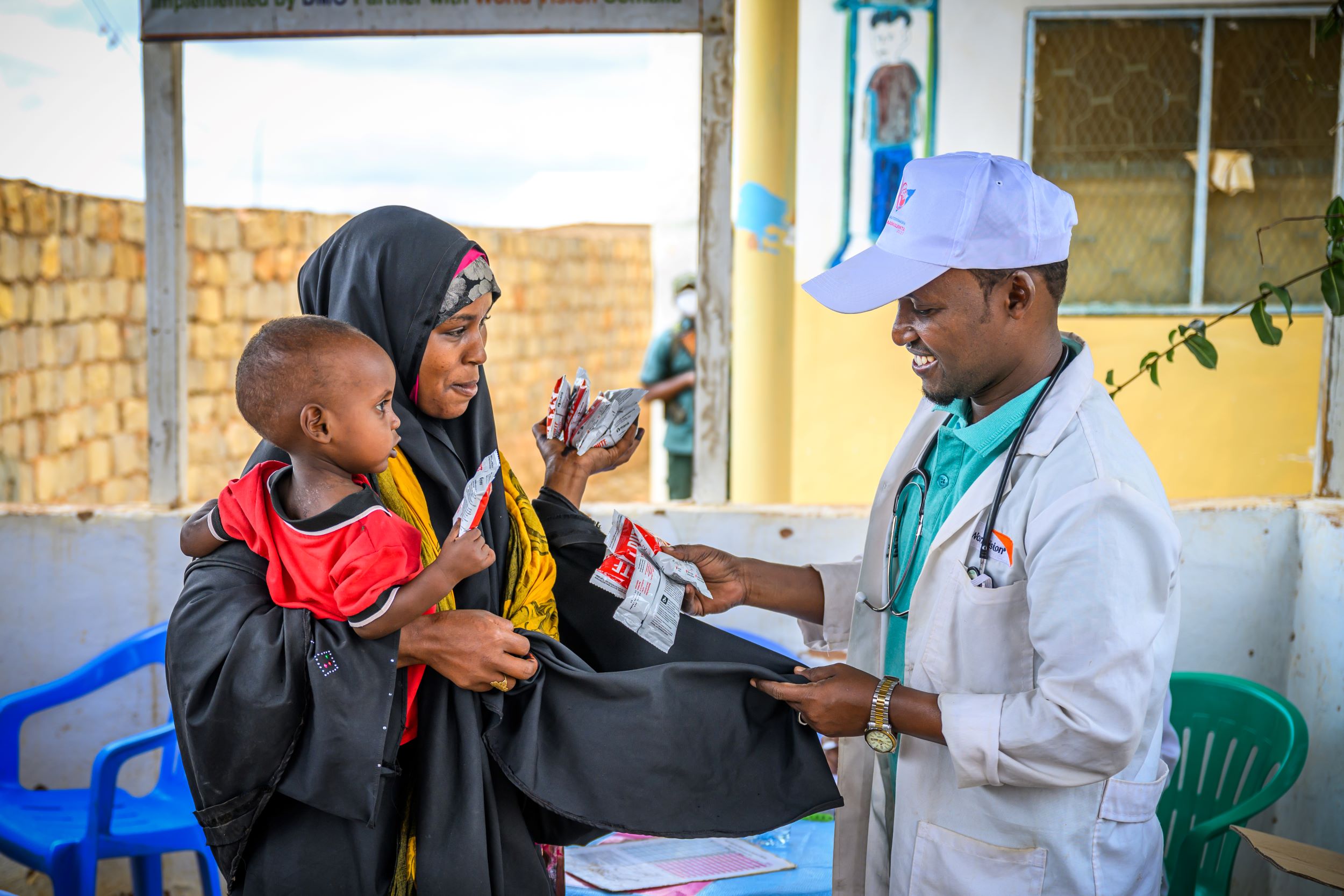
Muad's health is improving
After this, the World Vision health and nutrition team make regular follow-up visits and check in with the nurses at the health facility. The nurses say that Muad continues to make progress each week, attributing his improvement to his mother, Fatuma, who strictly follows the course of treatment prescribed: daily doses of RUTF.
Lucy meets with Fatuma and Muad some weeks later. She learns that Muad has been discharged from the RUTF programme. His mid-upper arm circumference is now much closer to the green zone, no longer in the red danger zone for severe acute malnutrition.
READ MORE: What are the effects of child hunger?
Reducing the threat of malnutrition
Fatuma says, “I am very happy that my baby is feeling better. When he was sick, he was not playing and wasn’t able to move around. Now he is playing and moving around, and he has been trying to stand. He is eating well.”
While this is wonderful news, the threat to regress to severe malnutrition remains for children like Muad. One of the contributing factors is when there is no food at the household.
This is why the nutrition team has referred Fatuma to the World Vision Food Assistance Programme, funded by the World Food Programme. Additionally, Muad has been placed under the Targeted Supplementary Feeding Programme, which caters to children with moderate acute malnutrition and will help further his improvement.
Fatuma and Muad are now back in their home village. Fatuma says, "He is eating well. I feed him milk from goats and camels and also other soft foods."
Fatuma has also received hygiene education by the doctors and a sanitation kit to help her practice good hygiene at home.
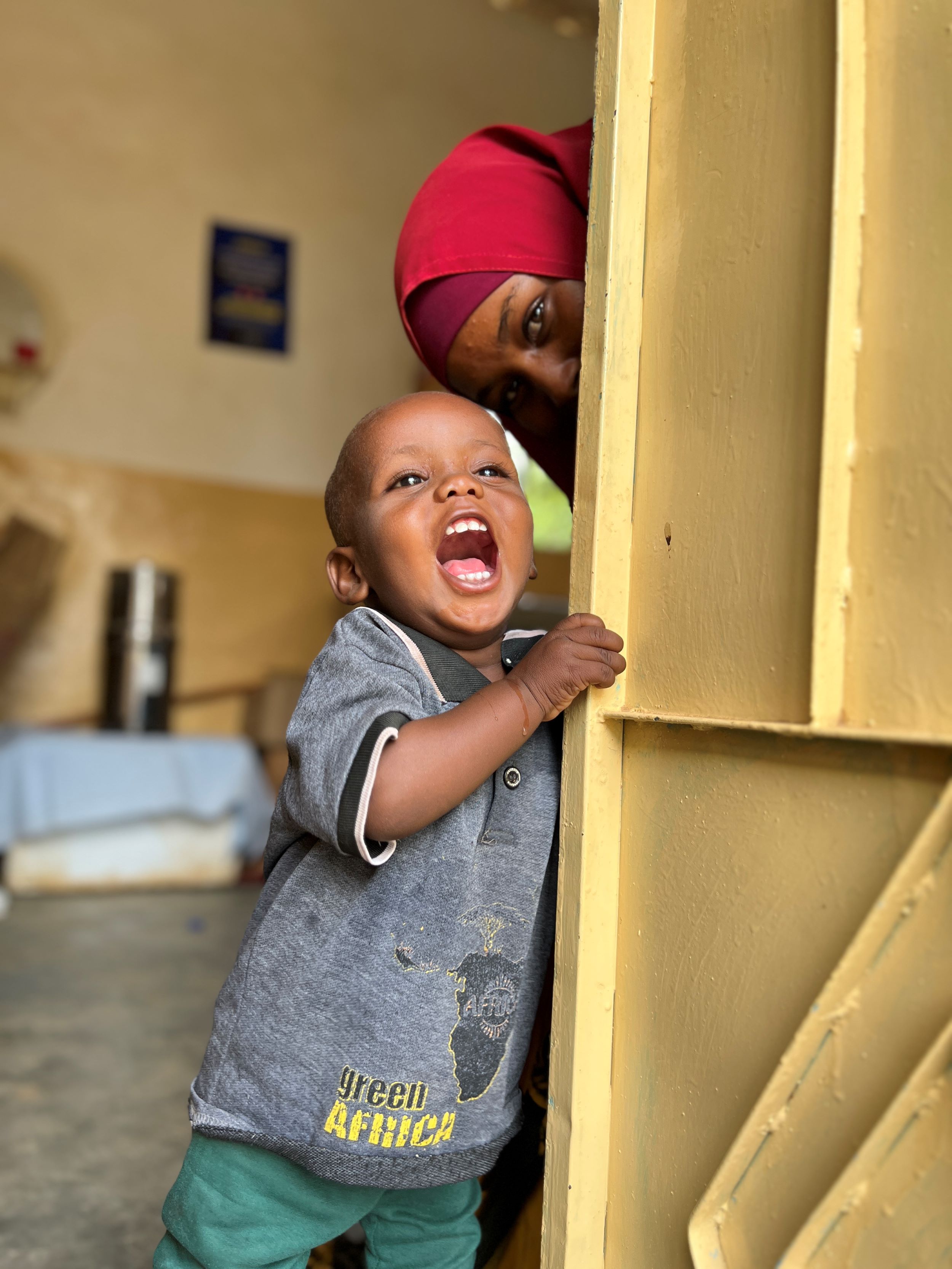
Enough is enough
The global number of children dying from hunger has declined every decade since the 1980s – until now, when it’s back on the rise.
Not only are people missing out on meals – sometimes for days or longer – they’re not getting enough of the right kinds of foods: the ones needed to maintain good health. Nearly half of all deaths in children under five are due to undernutrition.
Over the last 10 years, 89% of severely malnourished children treated through World Vision made a full recovery.
You can help end child hunger and malnutrition
World Vision delivers food rations and cash or vouchers to refugees, displaced people, and communities suffering drought and extreme hunger. As one of the largest partners of the World Food Programme, we support children who are hungry and malnourished.
We want to create change and make a long-lasting difference to children’s lives – with your help. That's why we've launched our ENOUGH campaign, which seeks to end hunger and child malnutrition for good.
With your support, we can reach more children with the nutritious food they need to thrive. You can help a child and their community have ENOUGH.


